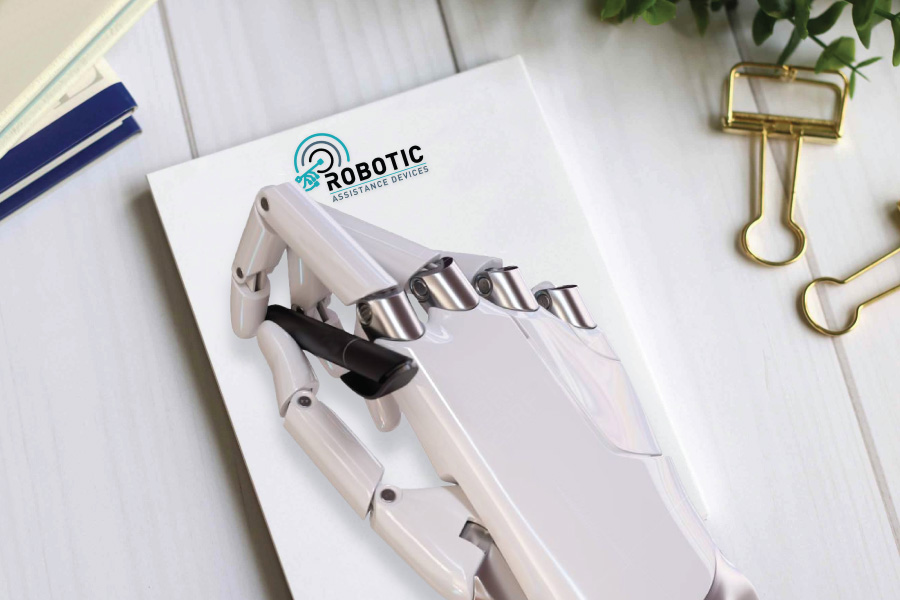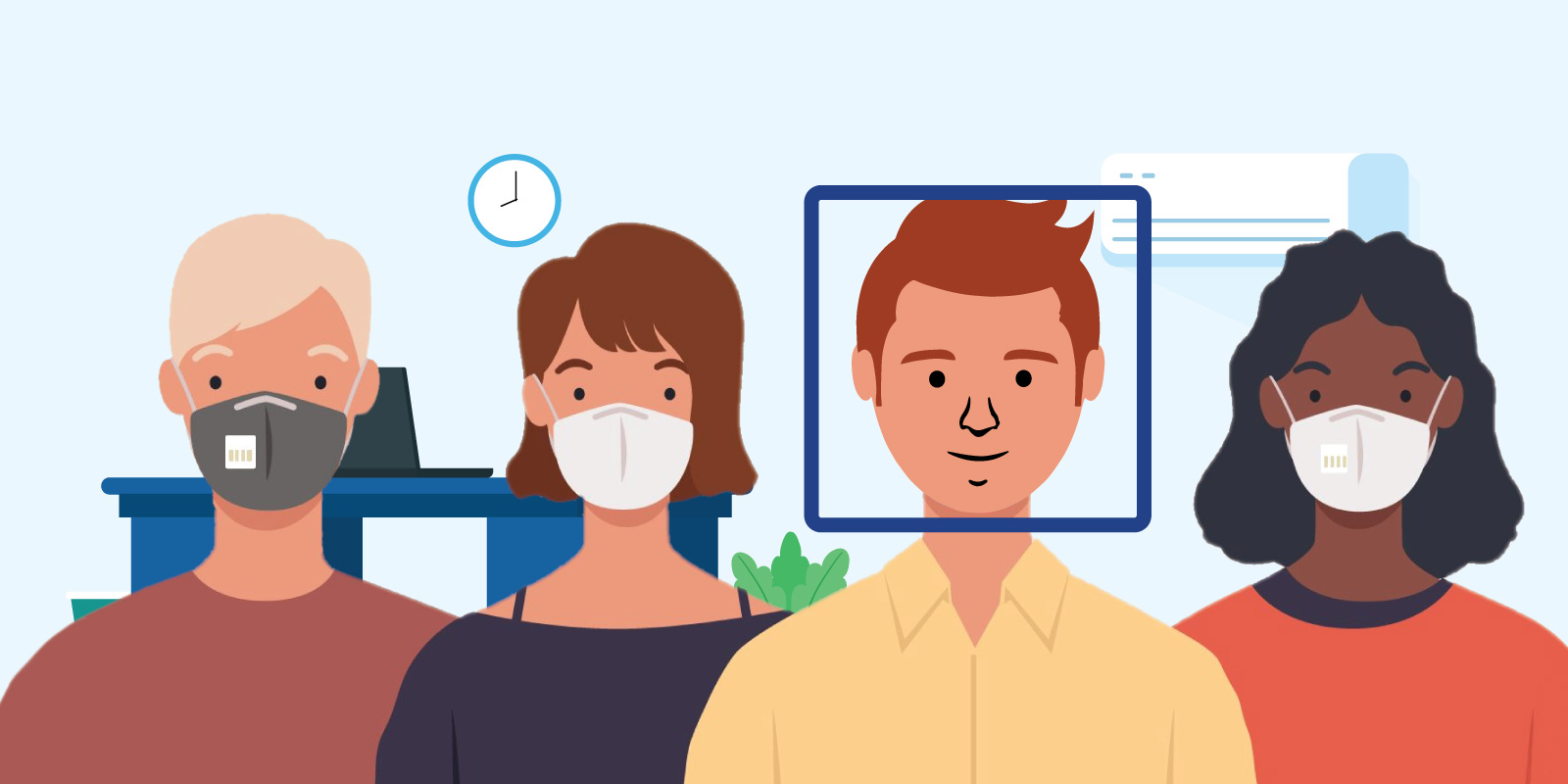
Research estimates that wearing a face mask may reduce the transmission of COVID-19 by up to 85%. Estimates by researchers are that up to 45,000 American deaths are avoidable if nearly all (95%) of Americans would wear a face covering. There is actual proof that mask-wearing prevents the spread of the virus, even in close contact.
Face Coverings Prove Effective
According to the CDC “Cloth face coverings may help prevent people who have COVID-19 from spreading the virus to others. Wearing a cloth face covering will help protect people around you, including those at higher risk of severe illness from COVID-19 and workers who frequently come into close contact with other people (e.g., in stores and restaurants). Cloth face coverings are most likely to reduce the spread of COVID-19 when they are widely used by people in public settings. The spread of COVID-19 can be reduced when cloth face coverings are used along with other preventive measures, including social distancing, frequent hand washing, and cleaning and disinfecting frequently touched surfaces.”
It’s Against My Rights!
Some people hold the belief that they can choose to wear a mask or not when entering a store.
Any establishment, government, and even a person in their home can insist that people entering their private property or facilities must wear a mask. There is no constitutional right for a person to violate a law or any rules enforced on private property that require wear a face covering. Having a policy that people must wear masks is legal and legitimate.
Asking a person who fails to follow the rules to leave is perfectly within the rights of any private property owner including any type of store or business. The people who throw a tantrum over wearing a mask can go somewhere else or risk arrest for trespassing if they refuse to leave.
The laws regarding such requirements are well established. They are the basis for rules in many places that say “No Shoes. No Shirt. No Service.” A fundamental rule of any private business is the right to refuse service to anyone who does not follow the rules of the premises.
Confrontation
There have been many incidences across the USA in recent weeks, where people have entered a retail store without wearing a mask. Some have become violent when asked by a customer or staff member to put on a mask. These incidents could have been prevented, with better monitoring and management for the safety of the customers and staff.
Many videos of these confrontations have gone viral on social media. It is dangerous when a confrontation of this type occurs between customers or staff. It is better to stop the violators at the entrance before they come into a facility and cause such problems.
A solution now exists to help manage this issue more effectively, with far less need for human intervention, which can reduce the risk of confrontation and its liability. The solution is the screening of the customers when entering the store, using facial recognition software that detects if a person is wearing a mask.
Detection of Face Coverings
Detecting a face mask is now possible through a new solution available from Robotic Assistance Devices (RAD). RAD’s new face mask detection technology is achievable by using their artificial-intelligence facial recognition software, now trained to identify face coverings.
A face-covering compliance system allows a facility manager to do the following:
- Enforcement: Enforcement option range from having a sign light up asking a person to wear a mask, to sending an email to the offender, to capturing a photo for charging with an illegal infraction.
- Track Compliance: Facility managers, senior executive, and researcher can track compliance of workers and customers for research purposes, risk exposure mitigation, and to improve voluntary compliance standards.
- Entry Access Control: the system can automatically block a person who is not wearing a face covering from gaining entry into a facility. The RAD facial covering detection system integrates with other security systems that control entryways.
- Reduce Confrontations: The need for manned security staff is reduced. A single security guard monitors multiple entryways by watching video surveillance and paying attention to the alerts. The security staff only responds in person to violations when necessary. Confrontations between customers and staff over mask-wearing are minimal because the system handles the interventions.
Behavioral research proves that compliance is more likely when there is an audible system alert combined with audible advice informing the person about the requirements to wear a mask. Most of the offenders will either put a mask on or simply turn back without causing any further disturbance.
How the Technology Works
The same type of machine learning used to train artificial intelligence software to perform complex facial recognition calculations uses algorithms that identify the characteristics of a person’s face with a covering on it and a person who is not wearing one.
In the simplest terms, the software recognizes if it detects the mouth, lips, chin, cheeks, and nose of a person in a facial scan. These prominent features are not present in a facial scan of a person wearing a facial covering.
The facial recognition system’s accuracy compares favorably with human performance benchmarks. It performs more effectively than human security forces who watch video surveillance. The challenge for human security personnel is that they tire of watching a screen. The monotony lulls them into a trance-like state that reduces their ability to focus and concentrate.
The facial recognition system can rapidly and easily pick out the people who are not were a mask even in a large crowd.
Liability Risk Mitigation
A business owner may be subject to liability risk if there is a policy for the safety of customers and staff, which requires mask-wearing and the policy is not properly enforced. Having such a policy, and then, failing to enforce it properly could be considered negligence. Not having such a mask-wearing policy is riskier because of the liability exposure of more people having the chance to become sick and suffer harm in a mask-free environment.
The safest strategy is to have a mask-wearing mandate and then strictly enforce the policy using robotic assistance that creates a very high level of compliance with minimal human intervention. Moreover, since the system captures the facial images with the scan it makes, it is useful as a tool to identify any perpetrators that are repeat violators. System administrators can take a more proactive approach and ban these violators permanently from the facility.

Conclusion
Robotic security devices that can detect and record face coverings are the solution to improving compliance with a facility’s face-covering policies and any legal mandates that are in force. The ability to detect a face mask is a quick, easy, way to provide greater entry control.
The facial recognition software operates very efficiently. It has the capability to scan large groups of people as they pass through an entryway or other passageway to a secure area that requires wearing a face covering to enter.
The system gives visible and audible alerts when it encounters non-compliance that prompts a security response. It records the incident for evidentiary proof of the violation. This helps minimize the risk of dangerous and costly confrontation by implementing robotic devices to do the job.
